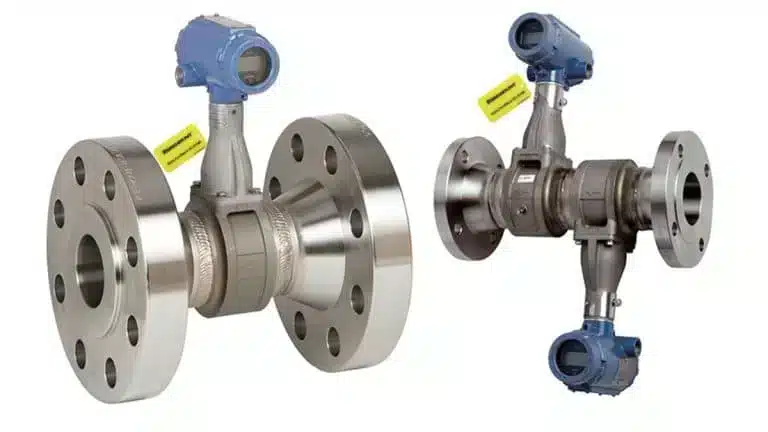Last edit: 02/08/2023

THE DOUBT: What is the difference between a Proven in Use and a Prior Use Device?
Actually the two terms are quite similar and it is very easy to mix them up. First of all, what are we talking about? You may know that components need reliability data to be able to be used in a Safety Instrumented System (IEC 61511). The most used way is what is called Route 1H: it implies that a component needs the value of failure rates recommended by IEC 61508 Series:
- λSD: Safe detected failure rate
- λSU: Safe undetected failure rate
- λDD: Dangerous detected failure rate
- λDU: Dangerous undetected failure rate
- λNE: No effect failure rate
However, there are situations whereby a component does not have those data, but it was used in safety instrumented system for a long time, without failures. That was properly documented. Due to that situation IEC 61508 opened the door for the use of these components (Proven In Use). IEC 61511 followed the same approach by defining the concept of Prior Use Component. Let’s see the concept in detail.
PROVEN IN USE
The idea of “Proven in use” is coming from the process industry, whereby a component does not have Reliability data, however it is widely used in that specific application and the manufacturer has gathered details of its failures in a structured way. Here the definition:
[IEC 61508-4: 2010] 3.8 Confirmation of safety measures
3.8.18 Proven in use. Demonstration, based on an analysis of operational experience for a specific configuration of an element, that the likelihood of dangerous systematic faults is low enough so that every safety function that uses the element achieves its required safety integrity level
Proven in use is based on the manufacturer’s design basis (e.g., temperature limit, vibration limit, corrosion limit, desired maintenance support) for his device. That definition does not consider that the user, in its process environment, has the capability of gathering Reliability data of specific components. That is the reason why IEC 61511-1, in the 2015 edition, defined “Prior Use” components. It deals with device’s installed performance, within a process sector application, in a specific operating environment, which is often different from the manufacturer’s design basis.
PRIOR USE
The concept was introduced in the second edition of IEC 61511-1, to allow a process owner to use components without appropriate failure rates provided by the component manufacturer.
[IEC 61511-1] 3.2 Terms and definitions
3.2.51 Prior use. Documented assessment by a user that a device is suitable for use in a SIS and can meet the required functional and safety integrity requirements, based on previous operating experience in similar operating environments
A prior use evaluation involves gathering information concerning the device performance in a similar operating environment. It demonstrates the functionality and integrity of the installed device, including the process interfaces, full device boundary, communications, and utilities. The main intent of the prior use evaluation is to gather evidence that the dangerous systematic failures have been reduced to a sufficiently low level compared to the required safety integrity. Prior use data may contribute to a database for the calculation of hardware failure rates.
CONCLUSION
To summarise the proven in use and prior use concepts, we may state that Proven In Use criteria are based on application data returned to the manufacturer, while Prior use deals with the performance of installed devices within a given user application in a specific operating environment. The term Prior use was created specifically for the process sector, to include operational experience with devices. Proven in use is based primarily on manufacturer experience and returns of faulty devices from the field.